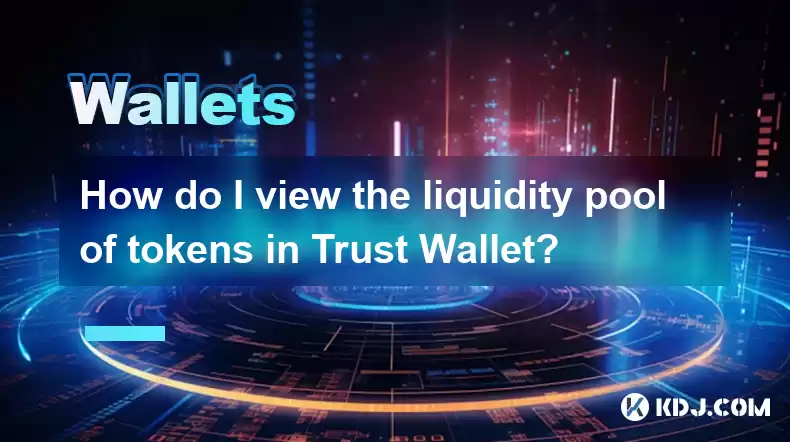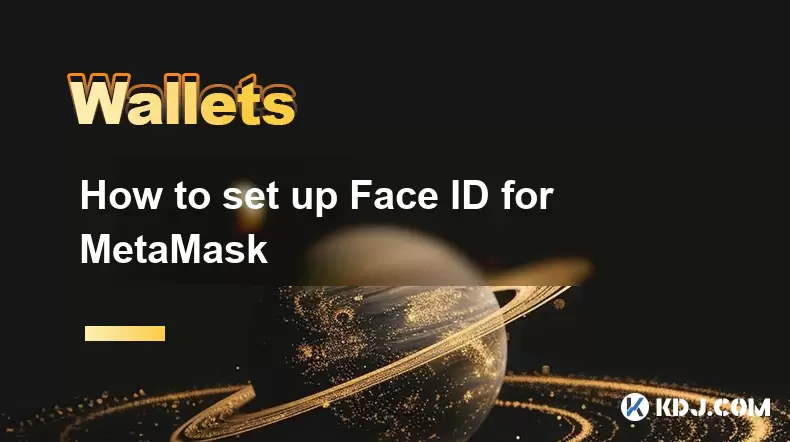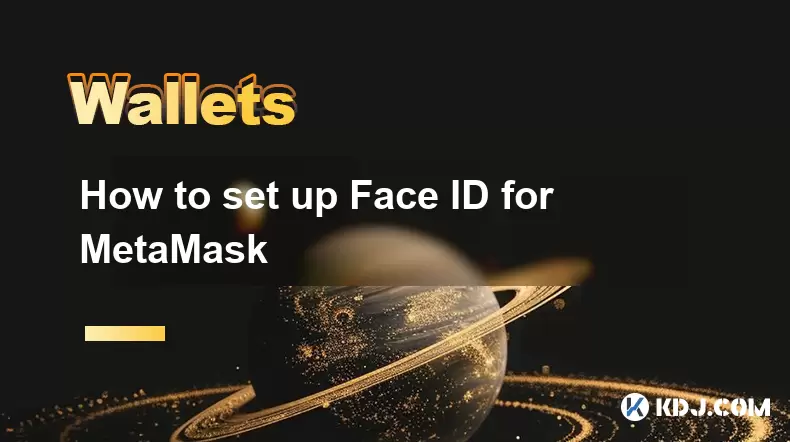-
 Bitcoin
Bitcoin $118600
-2.59% -
 Ethereum
Ethereum $4282
-0.42% -
 XRP
XRP $3.129
-4.21% -
 Tether USDt
Tether USDt $0.0000
0.01% -
 BNB
BNB $805.4
-1.80% -
 Solana
Solana $174.3
-5.77% -
 USDC
USDC $0.9998
-0.01% -
 Dogecoin
Dogecoin $0.2230
-6.33% -
 TRON
TRON $0.3466
1.70% -
 Cardano
Cardano $0.7745
-5.73% -
 Chainlink
Chainlink $21.37
-3.53% -
 Hyperliquid
Hyperliquid $42.93
-7.25% -
 Stellar
Stellar $0.4324
-4.94% -
 Sui
Sui $3.660
-7.17% -
 Bitcoin Cash
Bitcoin Cash $591.6
2.72% -
 Hedera
Hedera $0.2467
-7.04% -
 Ethena USDe
Ethena USDe $1.001
0.00% -
 Avalanche
Avalanche $22.92
-6.14% -
 Litecoin
Litecoin $118.8
-3.79% -
 Toncoin
Toncoin $3.378
-0.46% -
 UNUS SED LEO
UNUS SED LEO $9.011
-1.15% -
 Shiba Inu
Shiba Inu $0.00001294
-5.81% -
 Uniswap
Uniswap $11.24
0.53% -
 Polkadot
Polkadot $3.870
-6.16% -
 Cronos
Cronos $0.1662
-1.68% -
 Dai
Dai $1.000
0.02% -
 Ethena
Ethena $0.7915
-5.62% -
 Bitget Token
Bitget Token $4.414
-1.65% -
 Monero
Monero $259.3
-3.85% -
 Pepe
Pepe $0.00001120
-8.29%
How do I view the liquidity pool of tokens in Trust Wallet?
Trust Wallet doesn't show token liquidity pools directly; users must access specific DEXs like Uniswap to view pool details and manage risks like smart contract vulnerabilities.
Mar 30, 2025 at 12:35 pm

Trust Wallet, a popular mobile cryptocurrency wallet, doesn't directly display the liquidity pools of tokens within its interface. Unlike decentralized exchanges (DEXs) built into wallets like MetaMask, Trust Wallet primarily focuses on secure storage and sending/receiving of cryptocurrencies. Therefore, viewing liquidity pool information requires interacting with the specific DEX where the pool resides.
Understanding Liquidity Pools and DEXs
Liquidity pools are the core of many decentralized exchanges (DEXs). They are essentially smart contracts holding pairs of tokens, like ETH/USDT or BTC/USDC. Users provide these token pairs to the pool, earning trading fees as a reward. The ratio of tokens within the pool determines the exchange rate. To see the composition of a liquidity pool, you need to access the DEX where it's located.
Trust Wallet itself does not host liquidity pools. It's a custodial wallet that stores your private keys, allowing you to interact with various blockchain networks and decentralized applications (dApps). To see the liquidity of a specific token pair, you need to use a DEX that supports the token and the network it operates on.
Accessing Liquidity Pool Information: A Step-by-Step Guide
Here's how you can typically access liquidity pool information, assuming you know the DEX where the pool is located:
Identify the DEX: First, determine which decentralized exchange (e.g., Uniswap, PancakeSwap, SushiSwap) lists the token pair you're interested in. This information is usually found on the token's official website or through its explorer.
Open the DEX Website: Navigate to the DEX's official website using your preferred browser on your mobile device or computer.
Find the Pool: Most DEXs have a section dedicated to viewing liquidity pools. You might find it under labels like "Pools," "Liquidity," or "Farming." Use the search function to find the specific token pair.
View Pool Details: Once you locate the pool, the DEX will display key information, including:
- Total Liquidity: The total value locked (TVL) in the pool, usually expressed in USD.
- Token Ratio: The current ratio of the two tokens within the pool.
- Pool Address: The smart contract address of the liquidity pool.
- Trading Volume: The amount of trading activity in the pool over a specified period.
Use a Block Explorer (Optional): If you need more detailed information, you can use a block explorer (like Etherscan for Ethereum) and enter the pool's address to access even more data. This can include transaction history and other on-chain details.
Remember to always double-check the website address before entering any sensitive information. Malicious websites can mimic legitimate DEX interfaces to steal your funds.
Understanding the Risks
Interacting with DEXs carries inherent risks. Smart contract vulnerabilities, impermanent loss, and rug pulls are possibilities. Thoroughly research the DEX and the tokens involved before providing liquidity or trading.
Always verify the contract address of the liquidity pool against the official sources to avoid interacting with fraudulent contracts. Never provide liquidity to pools you don't fully understand.
Different DEXs, Different Interfaces
The exact steps for viewing liquidity pools will vary slightly depending on the DEX you use. Each platform has its own user interface. However, the core principles remain the same: finding the pool through the DEX's interface and reviewing the provided data.
Understanding the specifics of each DEX is crucial for navigating their features effectively. Familiarize yourself with the platform's documentation and tutorials before interacting with its liquidity pools.
Security Best Practices
When interacting with DEXs, prioritize security:
Use a reputable hardware wallet: Hardware wallets offer a higher level of security compared to software wallets.
Verify contract addresses: Always double-check contract addresses against official sources to avoid scams.
Be wary of phishing attempts: Be cautious of suspicious emails, websites, or messages requesting your private keys or seed phrases.
Use strong passwords: Employ complex and unique passwords for all your cryptocurrency accounts.
Enable two-factor authentication (2FA): Adding an extra layer of security significantly reduces the risk of unauthorized access.
Frequently Asked Questions
Q: Can I see liquidity pool information directly within Trust Wallet?
A: No, Trust Wallet does not display liquidity pool information directly. You need to use the DEX where the pool is located.
Q: What is impermanent loss?
A: Impermanent loss is the potential loss incurred when the price of the tokens in a liquidity pool changes significantly compared to when you provided liquidity.
Q: How do I find the correct DEX for a specific token?
A: Check the token's official website or explore decentralized exchanges that list the token pair you are interested in.
Q: What are the risks of providing liquidity to a pool?
A: Risks include smart contract vulnerabilities, impermanent loss, rug pulls, and potential loss of funds due to market volatility.
Q: What is a block explorer, and how is it useful?
A: A block explorer is a website that allows you to view transactions and other on-chain data for a specific blockchain. It's helpful for verifying information about liquidity pools.
Q: Why doesn't Trust Wallet integrate DEX functionality?
A: Trust Wallet prioritizes secure storage and basic cryptocurrency management. Integrating DEX functionality would add complexity and potentially compromise security.
Disclaimer:info@kdj.com
The information provided is not trading advice. kdj.com does not assume any responsibility for any investments made based on the information provided in this article. Cryptocurrencies are highly volatile and it is highly recommended that you invest with caution after thorough research!
If you believe that the content used on this website infringes your copyright, please contact us immediately (info@kdj.com) and we will delete it promptly.
- Dogecoin, Presale, Surge: Riding the Meme Coin Wave
- 2025-08-12 11:10:12
- Dogecoin, Tron, and the ROI Reality Check: What's a Crypto Investor to Do?
- 2025-08-12 11:15:12
- Ethereum Layer-2 Scaling Competition Heats Up as ETH Breaks $4K
- 2025-08-12 10:30:12
- China Regulation, Stablecoins, and BNB Presale: Navigating the Crypto Landscape
- 2025-08-12 11:30:12
- Meme Coins, Investment, and Token Burns: What's Hot in 2025?
- 2025-08-12 10:30:12
- China's National Security Alarm Bells Ring Over Worldcoin's Iris Scans
- 2025-08-12 11:35:12
Related knowledge

How to manage your portfolio in Exodus wallet
Aug 08,2025 at 10:07pm
Understanding the Exodus Wallet InterfaceThe Exodus wallet is a non-custodial cryptocurrency wallet that supports a wide range of digital assets. When...

How to reset your MetaMask password
Aug 08,2025 at 01:28pm
Understanding the MetaMask Password Reset ProcessMany users confuse the MetaMask password with the seed phrase or private key, but they serve differen...

How to buy Dogecoin on MetaMask
Aug 08,2025 at 03:42am
Understanding Dogecoin and MetaMask CompatibilityDogecoin (DOGE) is a popular meme-based cryptocurrency that operates on its own blockchain, originall...

How to switch between networks in Trust Wallet
Aug 09,2025 at 11:07am
Understanding Network Switching in Trust WalletSwitching between networks in Trust Wallet allows users to manage assets across different blockchains, ...

How to set up Face ID for MetaMask
Aug 12,2025 at 02:42am
Understanding Face ID and Its Role in MetaMask SecurityMetaMask is a widely used cryptocurrency wallet that allows users to interact with the Ethereum...

How to set up Face ID for MetaMask
Aug 11,2025 at 09:28am
Understanding Face ID and Its Role in MetaMask SecurityFace ID is a biometric authentication system developed by Apple that uses facial recognition to...

How to manage your portfolio in Exodus wallet
Aug 08,2025 at 10:07pm
Understanding the Exodus Wallet InterfaceThe Exodus wallet is a non-custodial cryptocurrency wallet that supports a wide range of digital assets. When...

How to reset your MetaMask password
Aug 08,2025 at 01:28pm
Understanding the MetaMask Password Reset ProcessMany users confuse the MetaMask password with the seed phrase or private key, but they serve differen...

How to buy Dogecoin on MetaMask
Aug 08,2025 at 03:42am
Understanding Dogecoin and MetaMask CompatibilityDogecoin (DOGE) is a popular meme-based cryptocurrency that operates on its own blockchain, originall...

How to switch between networks in Trust Wallet
Aug 09,2025 at 11:07am
Understanding Network Switching in Trust WalletSwitching between networks in Trust Wallet allows users to manage assets across different blockchains, ...

How to set up Face ID for MetaMask
Aug 12,2025 at 02:42am
Understanding Face ID and Its Role in MetaMask SecurityMetaMask is a widely used cryptocurrency wallet that allows users to interact with the Ethereum...

How to set up Face ID for MetaMask
Aug 11,2025 at 09:28am
Understanding Face ID and Its Role in MetaMask SecurityFace ID is a biometric authentication system developed by Apple that uses facial recognition to...
See all articles

























































































